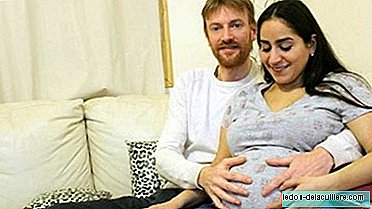
American neurologists have revealed a discovery that they say could help detect autism in the early stages of child growth. Of course, additional research is needed, but they deduce a process that starts long before birth: these are certain anomalies in the development of some brain structures of the fetus.
Autism is generally considered a disorder of brain development, however science has not yet managed to identify any responsible lesions.
The scientists belong to the National Institute of Mental Health of the United States (entity that finances the study), and according to autism specialist Lisa Gilotty, the discovery is very promising, and allows progress in the understanding and treatment of the disorder. Research suggests what happens in the brain, although it still does not explain the mechanism, however it is already an advance. The research has been published in The New England Journal of Medicine, and to carry it out, doctors analyzed samples of postmortem brain tissue in a small group (11) of children with autism between the ages of two and 15; comparing them with other samples from a control group that had not presented the disorder in life.
As I read there is a series of 25 genes that serve as biomarkers for certain types of brain cells that form the six layers of the cortex, and according to the findings, are absent in 91 percent of the children tested, while there were only 9% of those belonging to the control group that did not present them.
Eric Courchesne is the director of the Autism Center of Excellence at the University of California (San Diego) and co-author of the research. He explained that in addition to the difference in genes, signs of alteration of brain cells have been observed have appeared in the form of marks (or patches) five and seven millimeters in length, in several places of the frontal and temporal lobe layers of the brain.
And these regions are responsible for social functions, emotions, communication (including oral language), functions that are presented as dysfunctional in people with autism
If those responsible for the study believe that the findings can help early detection and offer improved treatments, it is because the irregular nature of the defects itself, causes them not to occur in the entire cortex. So a developing brain could have the opportunity to fix its own connections to bypass pathological patches, and 'recruit' cells from neighboring regions of the brain, which would assume critical functions in social and communication functions.












